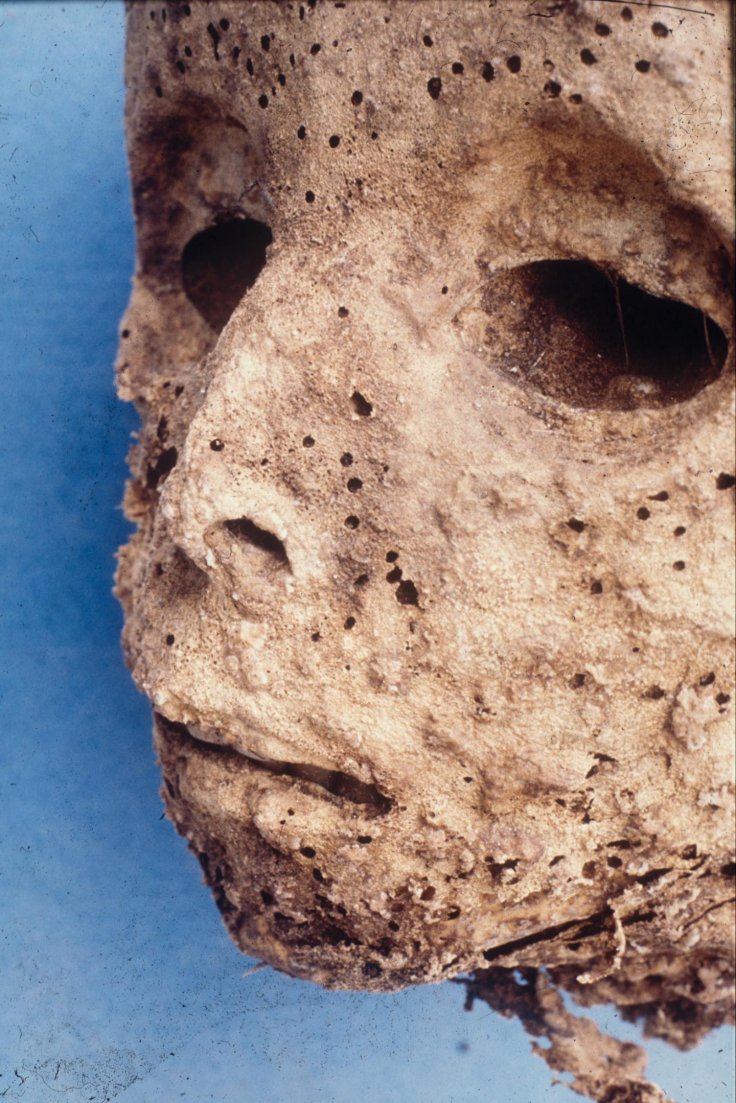
After years of extensive research, we are, at last, able to say how ancient the 'Hepatitis B' virus is, and guess who enlightened us on this? A 450-year-old child mummy.
Hepatitis B is a viral disease, which affects the liver and symptoms often include: vomiting, yellowish skin, tiredness, dark urine and abdominal pain
The mummified body of a small child was discovered from Naples, Italy. After the initial study, scientists concluded that the body, which was buried in the Basilica of Saint Domenico Maggiore, belonged to a 16th-century boy. Its DNA from skin and bone samples were then studied.
Previously, researchers thought that the young mummified child had died of smallpox. But when they sent the samples to the ancient DNA lab of Hendrik Poinar, a geneticist from the McMaster Ancient DNA Centre, who is also a principal investigator with the Michael G. DeGroote Institute for Infectious Disease Research, revealed that boy died of Hepatitis B virus.
It was also revealed the child's DNA shared many distinct features with modern strains of the variola virus, which causes the contagious disease smallpox. The findings also include several mutations, which according to researchers, are related to variola.
The research, which is published in Plos Pathogens, has opened a new horizon for scientists to explore the evolution of the virus and when it first infected mankind.
On the other hand, according to Science Mag, this study of DNA helped scientists to collect and make a sequence of the accurate ancient virus, including the samples of the plague dating from 1,600 years ago.

In a statement, Poinar said, "The more we understand about the behaviour of past pandemics and outbreaks, the greater our understanding of how modern pathogens might work and spread, and this information will ultimately help in their control."









